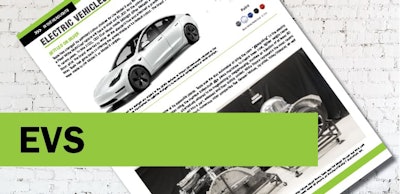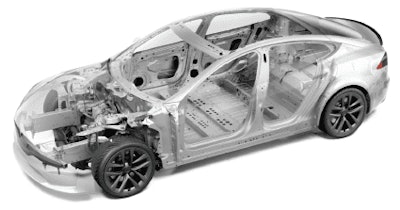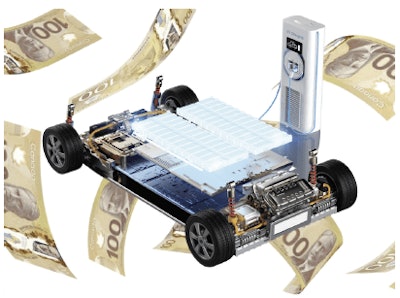
RELIABILITY RATINGS
Electric vehicles have 79 percent more reliability problems, on average, compared to internal combustion cars—most of which occur in the high-voltage battery system, according to Consumer Reports (CR) latest Annual Auto Reliability Study. According to the survey, the biggest reliability problems for electric vehicles relate to issues with the charging experience for consumers as well as the high-voltage battery. Plug-in hybrids (PHEVs) performed on average worse than their EV counterparts, with 146 percent more problems, while hybrids instead performed better with 26 percent fewer problems than ICE vehicles. When it comes to EVs, Tesla marked a bright spot with comparatively fewer issues than other OEMs, particularly in the charging and battery categories. However, the automaker did receive issue reports in the areas of body hardware, paint, trim and climate systems.

BILLIONS OVER THE BATTERY BUDGET
A November report from the Parliamentary Budget Officer says the Canadian government is almost six billion dollars over its projected budget for EV battery manufacturing. The report, which analyzes government costs for projects from Northvolt, Volkswagen and Stellantis-LGS—says provincial and federal EV battery manufacturing support will be $5.8 billion more than original projections. The total cost of government support between 2022 and 2033 is said to be $43.6 billion, according to the Parliamentary Budget Officers’ report. Of that total, 62 percent will be federally funded; 38 percent falls onto the Ontario and Quebec governments.





















